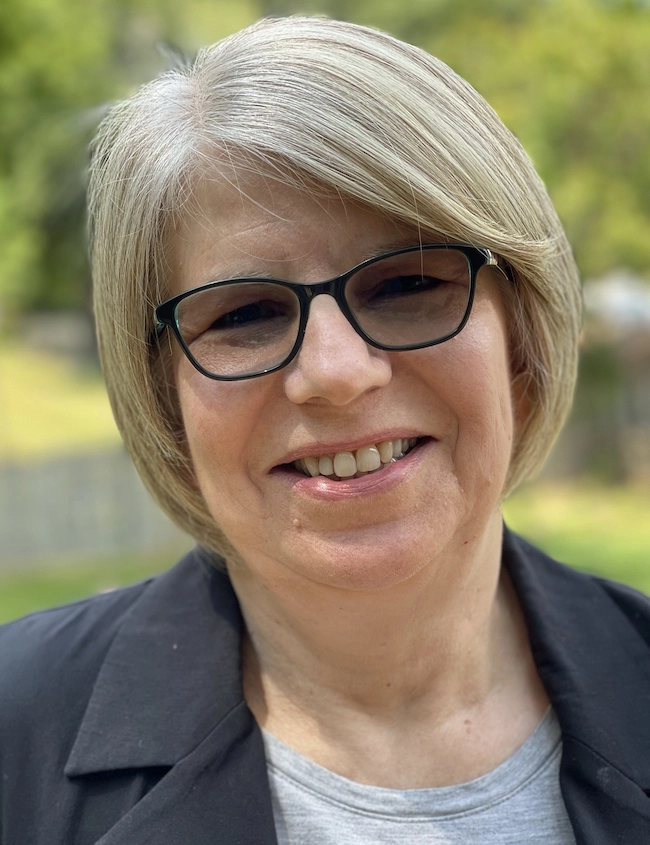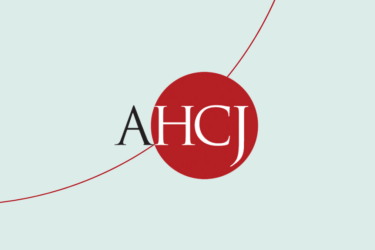 Dual eligibles are low-income elderly or disabled people enrolled in both Medicare and Medicaid. The distinctions are sometimes bewildering. It’s easy to confuse which program pays for what, what each agency considers “appropriate” care, what factors go into measuring outcomes and how the separate structures of Medicare and Medicaid affect costs and quality.
Dual eligibles are low-income elderly or disabled people enrolled in both Medicare and Medicaid. The distinctions are sometimes bewildering. It’s easy to confuse which program pays for what, what each agency considers “appropriate” care, what factors go into measuring outcomes and how the separate structures of Medicare and Medicaid affect costs and quality.
According to the Congressional Budget Office, in 2009, the federal and state governments spent more than $250 billion, combined, on health care benefits for the 9 million dual eligibles. There is growing concern about the high costs of dual eligibles and the type of care they receive. They may be treated by a variety of health care providers who are not coordinating their care, potentially increasing costs and worsening outcomes.
Many states are already struggling to meet current Medicaid demand, and as boomers age, more stress will be placed on an already fragile system. Learn more about dual eligibles and what issues to look for in your state with this tip sheet.











